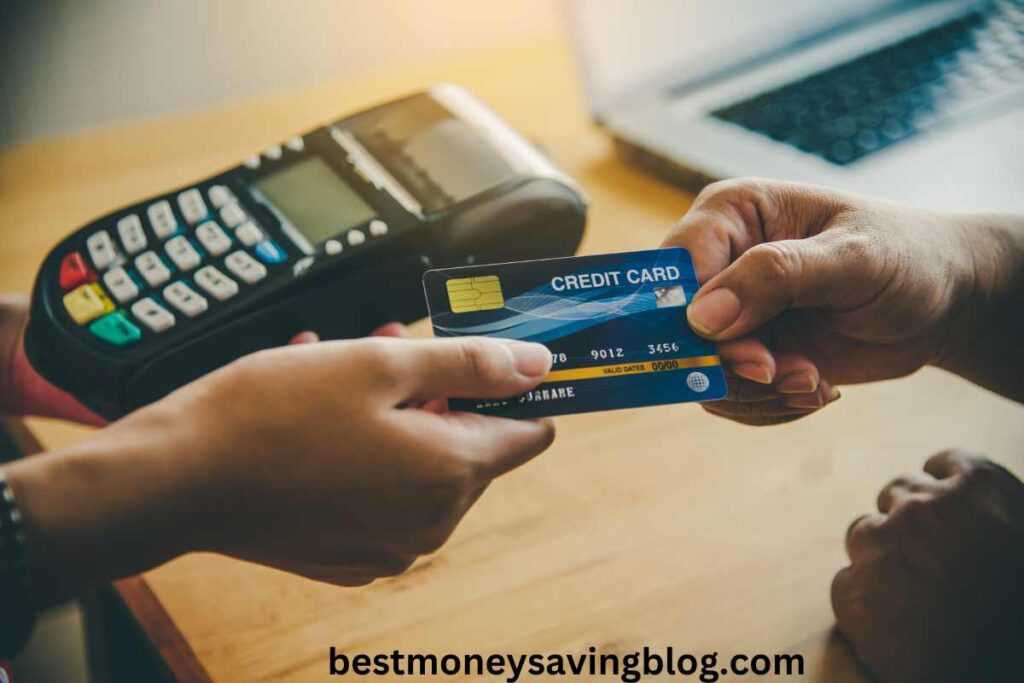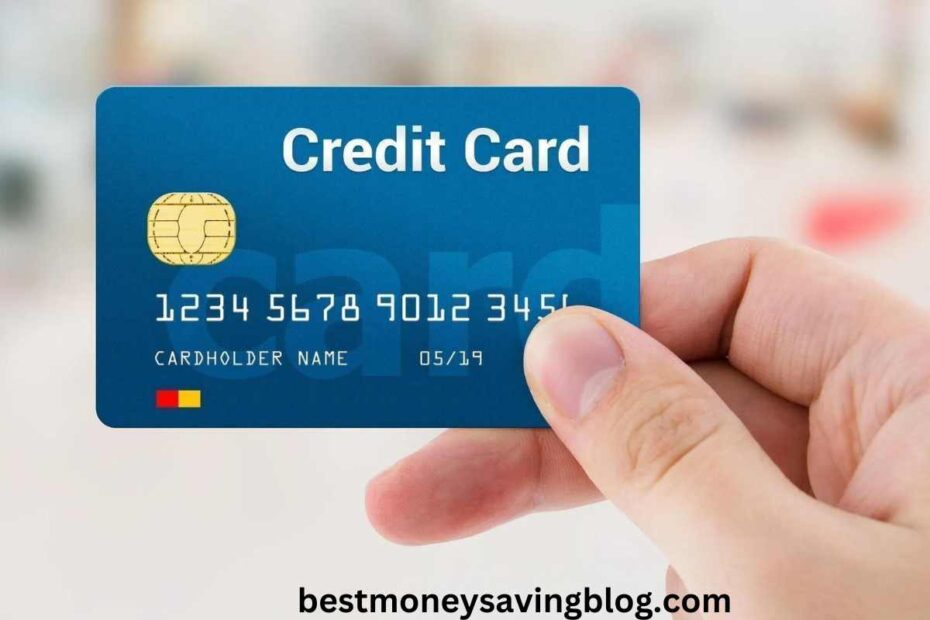Managing Credit Card Balances: The first step toward paying down card balances is to stop adding to them. There are a couple of easy ways to start this process. First and foremost, stop using your cards to make basic purchases.
Wherever possible, use cash for day-to-day transactions, such as paying for groceries or buying clothes. There is a tendency among consumers to differentiate their money sources. The cash in our wallets is ours, but money pulled from a credit card feels like someone else’s. All things being equal, we have an easier time spending other people’s money than our own.
Two professors at MIT documented this fact in an experiment a few years ago. They set up two different auctions for a pair of Boston Celtics tickets. In the first auction, would-be bidders were allowed to pay by credit card. In the other auction, bidders could only use cash.
You might assume that the average bid from both auctions would be roughly the same, since both sets of bidders had equal knowledge of what they were purchasing: basketball tickets. As it turned out, the average credit card bidder was willing to spend twice as much as the average cash bidder.
A more recent study, of the behavior of fast-food customers, sheds some additional light on this phenomenon. Visa International analyzed more than 100,000 transactions at fast food restaurants, which are increasingly accepting plastic as a form of payment.
It found that the average purchase made by a person paying with a card was 20 to 30 percent higher than purchases made by cash-paying customers.
This puts a modern-day spin on that famous phrase that Wimpy used to utter in those Popeye cartoons: “I’ll gladly pay you Tuesday for a hamburger today.” The implication is clear.
When posed with the classic question, “Would you like fries with that?” consumers paying with cash are far more likely to say no than those paying with plastic. It’s important to recognize this all-too human foible. Obviously, some things are hard to purchase with cash.
Hotel rooms, for instance, require a credit card for insurance and security. Some customers can pay with cash, but they would have to call the hotel weeks in advance and jump through several hoops. It’s also hard to rent a car with cash.
And you’re actually better off renting with plastic due to the insurance coverage many cards provide. Nevertheless, given our propensity to spend more on credit, it’s in our best interest to avoid plastic when possible.

Another way to freeze your spending is to freeze your plastic. Literally. This is an idea that a financial planner, mentioned to me, and I think it’s inspired. Put your credit cards in a sealable plastic bag, and immerse the bag in a tin of water. Then put the tin in your freezer, creating a block of ice. The purpose of this exercise is to force you to wait to make purchases.
The next time you get an impulse to buy something with plastic, you’ll have to wait for the cards to thaw out—which could take hours—before you can use them. Hopefully by then your urge to splurge will have subsided. Of course, you may decide to use cash to make the purchase.
But since, as the MIT experiment showed, consumers aren’t willing to spend as much using cash as plastic, I’m guessing this will end up saving you some money in the long run. Or you could get your credit card number off of your latest statement.
But that’s only good for Internet and catalog purchases. To buy something in a store, you’d have to thaw out the card. If you really want to spend that badly, you’ll find a way to break through the ice. For instance, you might try to microwave the card, but then, that would destroy the magnetic strip on the back.
